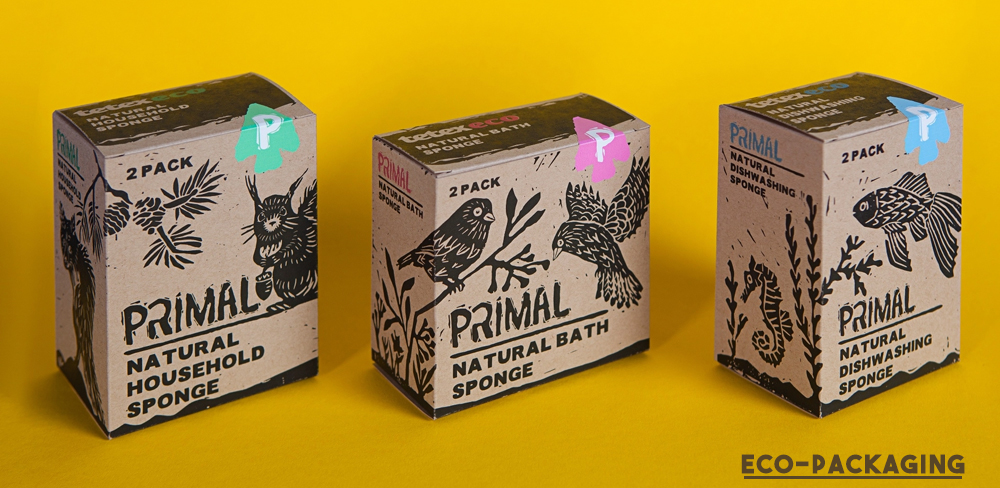It’s no secret that sustainability is becoming increasingly important in all industries. From food production to manufacturing, it’s important to think about ways to make our products as eco-friendly as possible. In the world of marketing, this means finding sustainable and eco-friendly packaging options that can help your product stand out from the crowd. In this blog post, we’ll explore some of the best sustainable and eco-friendly box options for marketing success. From eco-packaging to biodegradable packaging, find out which solutions are best for you and your business.
The Importance of Sustainable and Eco-Friendly Packaging
Sustainable and eco-friendly packaging is important for many reasons. Globally, the amount of plastic waste generated each year continues to increase, reaching an estimated 1.3 billion metric tons in 2021. Much of this waste is accumulated in landfills or pollutes our oceans. According to a study by Eco-Cycle, up to 73% of all plastic used in the packaging can be recycled.
But recycling only creates a small fraction of the total volume of plastic that is produced every year. And even if all plastics were recycled, it would still take over 500 years for the world to recover from its current level of plastic waste. So what can we do about all this plastic waste?
There are a number of ways to reduce or even eliminate the use of plastic packaging altogether. Some simple steps you can take include:
Selecting products with minimal or no packaging (such as produce and dry goods).
Avoid buying single-use products whenever possible (for example, don’t buy disposable coffee cups).
Reusable containers and bags (such as cloth grocery bags) make a big impact when it comes to reducing our reliance on plastic packaging. Many stores now offer discounts or rewards for using reusable wrappers and containers.
What Types of Packaging are Sustainable?
Sustainable and eco-friendly packaging can help advertise a product or company in a positive light. While not all of the following types of packaging are sustainable, they each have benefits that make them popular choices for some consumers.
BPA-Free Packaging
BPA is an endocrine disruptor found in many plastic bottles and food containers. It has been linked to reproductive health problems and cancer. Many companies have replaced BPA with safer materials, such as phthalates, but some consumers still choose to avoid it due to its environmental toxicity.
Sustainably Harvested Materials
Many sustainable materials are harvested from natural sources. These materials can be recycled multiple times and often result in lower emissions than traditional packaging materials. Some examples of sustainable packaging materials include paper products, bamboo fibers, cornstarch, sugarcane bagasse, and wheat straw.
Recycled Materials
Some sustainable packaging materials are made from recycled materials. For example, biodegradable plastic bags are made from post-consumer plastics that would have otherwise ended up in landfills. Additionally, many manufacturers now print their own labels on recycled paper using water-based ink which helps protect the environment.
How to Choose Sustainable Packaging for Your Product or Service
Choosing sustainable packaging for your product or service can have a big impact on the environment and your bottom line. Here are some tips to help you make the right choices:
1. Start with your goals. What are you trying to achieve with your packaging? Are you looking to reduce greenhouse gas emissions, protect endangered species, or improve the sustainability of your products? Once you know what you’re aiming for, it’s easier to choose a package that meets your needs.
2. Factor in environmental impacts. Not all materials have the same environmental impact. For example, biodegradable materials may take longer to break down in landfills, while plastic bags can take hundreds of years to decompose. Consider how each type of material will affect the environment before making a decision.
3. Look for sustainably produced materials. Many sustainable materials are still produced using traditional methods – which can lead to environmental concerns, such as deforestation and water consumption. Look for materials that have been sustainably sourced from certified sources or that have been designed without any harmful chemicals or pollutants.
4. Choose recyclable or sustainable packaging options if possible. Recycling is one of the most important ways we can reduce our environmental impact – and it doesn’t have to be difficult or expensive! Try to use recyclable materials where possible, and select sustainable packaging options like BPA-free plastics or paper made with renewable energy resources like wind and solar power.
5. Be mindful of your packaging choices when marketing your product or service. Make sure your packaging is consistent with your brand and message.
There are many ways to choose sustainable packaging for your products or services – just be mindful of the environmental impacts and consider what you’re trying to achieve.
The Advantages of Sustainable Packaging
Sustainable and eco-friendly packaging can offer a number of advantages for businesses. The waste generated from the production of these products can be reduced, helping to reduce the amount of pollution created. Additionally, sustainable packaging can help to ensure that food remains safe to eat, while also ensuring that it is healthy. Finally, sustainable packaging may also help to attract consumers who are environmentally conscious or interested in sustainability issues.
Conclusion
When it comes to marketing your business, you want to do everything you can to make a positive impact on the environment. Fortunately, there are a number of sustainable and eco-friendly packaging options available that can help you achieve this goal. Whether you’re looking for recycled materials or biodegradable packing material, these options can help reduce your environmental footprint while also helping your business stand out from the competition. So what are you waiting for? Start thinking about sustainable and eco-friendly box packaging solutions today!
